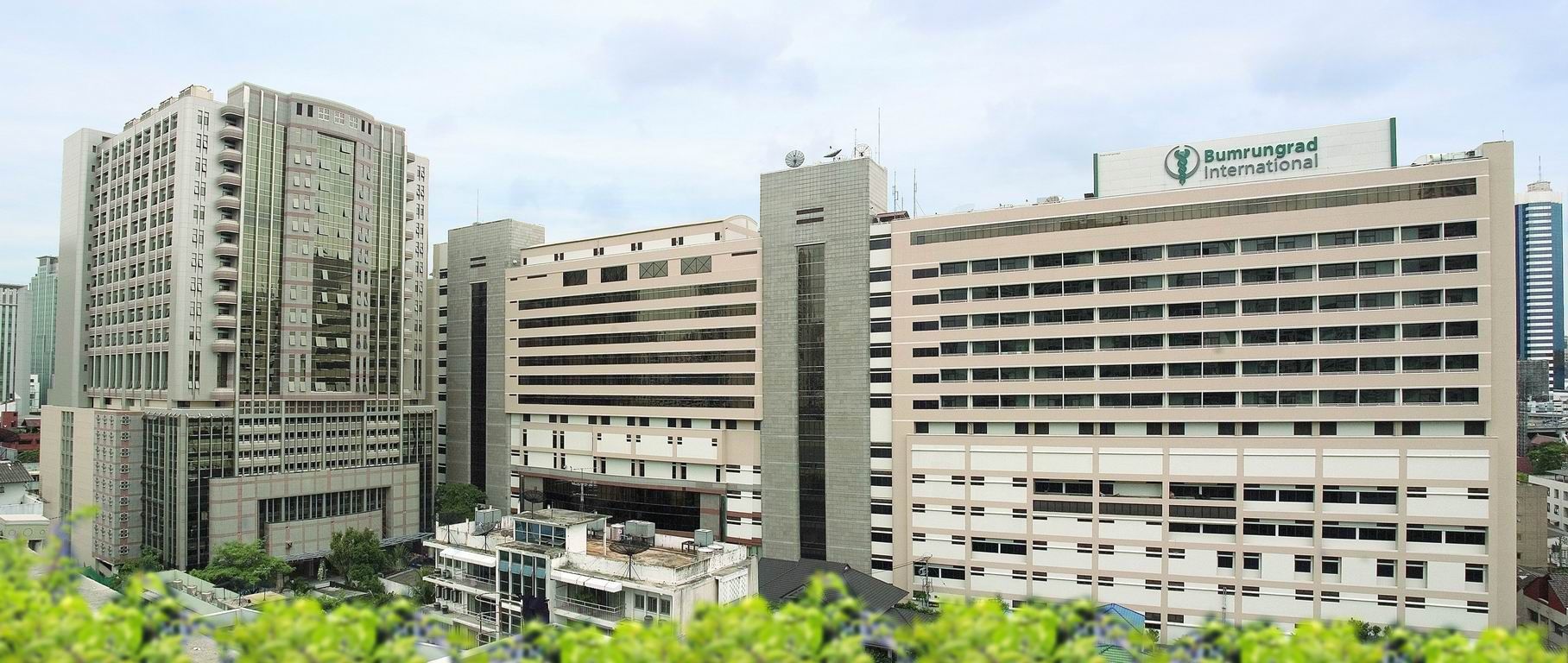General Surgery
Laparoscopic Inguinal Hernia Surgery Treatment
Laparoscopic Inguinal Hernia Surgery
An inguinal hernia is the very common type of hernia. It can appear as swelling or lump in the patient’s groin, or as an enlarged scrotum. The lump generally appears when the patients are lifting something and disappears when the patients lie down.
What is an inguinal hernia?
An inguinal hernia is the very common type of hernia. It can appear as swelling or lump in the patient’s groin, or as an enlarged scrotum (the pouch containing the testicles). The swelling may be painful. The lump generally appears when the patients are lifting something and disappears when the patients lie down.
When does the patient require surgery?
Inguinal hernias can be repaired by the use of surgery to push the bulge back into place and strengthen the weakness in the abdominal wall. The surgery is generally recommended if the patients have a hernia that results in the pain, severe or persistent symptoms, or if any other serious complications develop at a later stage.
Complications that can develop as a result of an inguinal hernia include the following:
Obstruction: Where a section of the bowel becomes stuck in the inguinal canal, resulting in the vomiting, stomach pain, and nausea, as well as a painful lump in the groin area.
How can Inguinal Hernia be repaired?
There are 2 ways an inguinal hernia can be repaired, as mentioned below:
Open surgery: Where an incision is being made for allowing the surgeon to push back the lump into the individual’s abdomen.
Laparoscopic (keyhole) surgery: Laparoscopic is a little less invasive but more difficult, the technique involves several smaller incisions made, which allows the surgeon to use various special instruments for repairing the hernia
The choice of technique for inguinal hernia repair largely depends on:
- The patient’s general health: Elderly people or people who are in the bad health may be too weak or frail to safely have a general anesthetic, so open surgery using local anesthetic is more preferable.
- The experience of the surgeon: Open surgery is more common than the keyhole surgery, and not all surgeons have enough experience with the keyhole techniques
Laparoscopic surgery
The general anesthetic is required for keyhole (laparoscopic) inguinal hernia repair, so the patients will be asleep during the operation. During keyhole surgery, the surgeon generally makes three small cuts in the patient’s abdomen instead of a single larger cut. Then a thin tube containing called laparoscope which has a light source and a camera is being inserted through one of these cuts which allow the surgeon to view inside of the patient’s abdomen. Special surgical instruments are being used by the surgeon, who helps in pulling the hernia back into the place; these instruments are being inserted through the other cuts.
Transabdominal preperitoneal (TAPP):
Instruments are being inserted through the muscle wall of the patient’s abdomen and through the lining covering the patient’s organs (the peritoneum). A flap of the peritoneum is peeled back over the hernia and a piece of mesh is glued or stapled to the weakened site in the patient’s abdomen wall for strengthening it.
Are there any risks from the surgery?
An inguinal hernia repair is a routine procedure with very few risks. But in some of the cases, a small number of hernias can return back at some point after surgery has been performed.
Other possible complications of an inguinal hernia repair may include the following:
- Fluid or blood builds up in the space left by the hernia (this generally gets better without the use of any treatment)
- Painful bruising and swelling of the testicles or the base of the penis (particularly in the men)
- Numbness and pain in the groin area which is being resulted by the getting damaged or trapped during the surgery.

- Damage to the blood supply to the testicles ( in the men)
- Damage caused to the vas deferens (it is the tube that carries sperm to the testicles)
Complications are more likely to occur if the patients are aged over 50, smoke or have any other illness, such as breathing problems or heart disease.
How is the Laparoscopic Inguinal Hernia Repair performed?
There are a few options available for an individual who has a hernia.
- Use of a truss (hernia belt) is rarely prescribed as it is generally ineffective. It may helpful in relieving some discomfort, but will not prevent the possibility of strangulation or bowel incarceration.
- Most of the hernias need a surgery.
The laparoscopic hernia repair is performed with the use of an instrument called laparoscope (a tiny telescope) a special camera is being connected to that instrument. The instrument is being inserted through a cannula, a small hollow tube; this allows the surgeon to see the hernia and surrounding tissue on a video screen and operate as per. Other cannulas are also being inserted which allow the patient’s surgeon to work inside the body. Three separate quarter inch (2.5 cm) cuts are generally required. The hernia is being repaired from behind the abdominal wall. A small piece of surgical mesh is being placed over the hernia defect, and it may be fixed in place by the use of adhesive sealant, sutures, or staples. The laparoscopic inguinal hernia repair is generally performed under the general anesthesia.
Laparoscopic (keyhole) repair of inguinal hernias have the following advantages over conventional repair:
- Keyhole repair reduces postoperative pain.
- The requirement of narcotics is being reduced.
- The patients can return to their work earlier than expected.
Laparoscopic repair has some disadvantages as well, which includes:
- Increased cost as compared to the conventional repair
- Lengthier operation as compared to the conventional repair
- Steeper learning curve
- Higher complication rates and recurrence early in a surgeon’s experience
TREATMENT-RELATED QUESTIONS
GetWellGo will provide you end-to-end guidance and assistance and that will include finding relevant and the best doctors for you in India.
A relationship manager from GetWellGo will be assigned to you who will prepare your case, share with multiple doctors and hospitals and get back to you with a treatment plan, cost of treatment and other useful information. The relationship manager will take care of all details related to your visit and successful return & recovery.
Yes, if you wish GetWellGo can assist you in getting your appointments fixed with multiple doctors and hospitals, which will assist you in getting the second opinion and will help you in cost comparison as well.
Yes, our professional medical team will help you in getting the estimated cost for the treatment. The cost as you may be aware depends on the medical condition, the choice of treatment, the type of room opted for etc. All your medical history and essential treatment details would be analyzed by the team of experts in the hospitals. They will also provide you with the various types of rooms/accommodation packages available and you have to make the selection. Charges are likely to vary by the type of room you take.
You have to check with your health insurance provider for the details.
The price that you get from GetWellGo is directly from the hospital, it is also discounted and lowest possible in most cases. We help you in getting the best price possible.
No, we don't charge patients for any service or convenience fee. All healthcare services GetWellGo provide are free of cost.
Top Doctors for General Surgery
Top Hospitals for General Surgery
Contact Us Now!
Fill the form below to get in touch with our experts.






.png)
